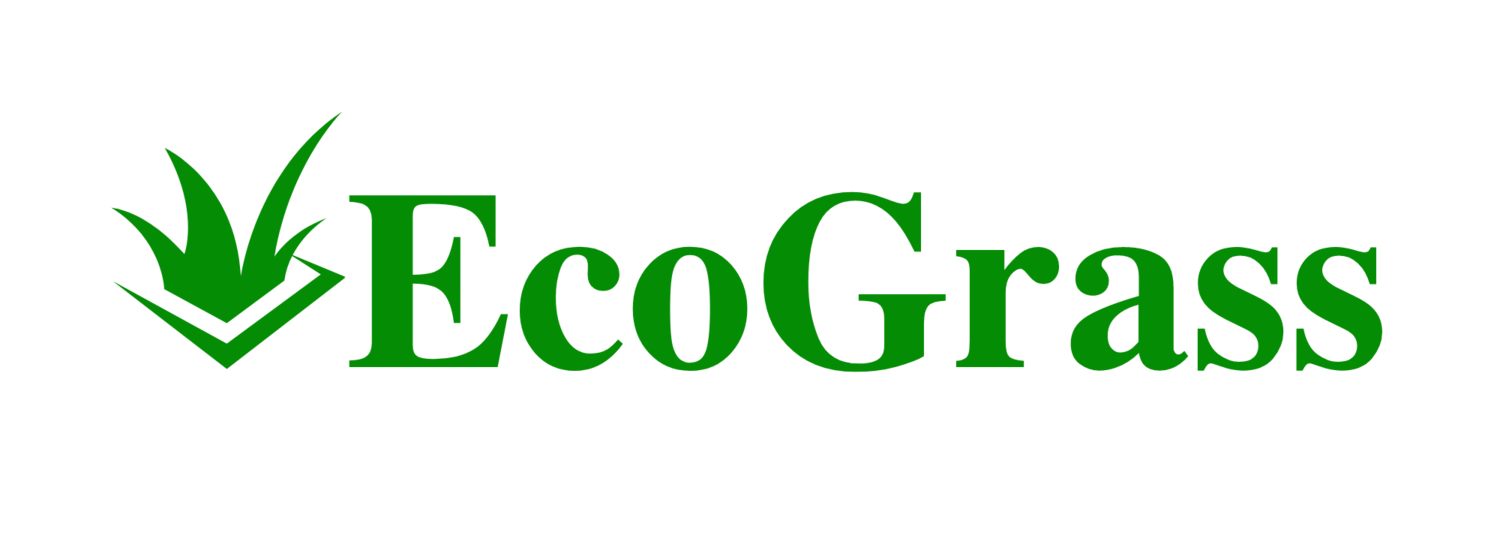Artificial turf installation for pets has become increasingly popular among homeowners seeking a low-maintenance, durable outdoor space for their furry friends. This DIY project offers a cost-effective alternative to professional installation while still achieving high-quality results. With proper planning and execution, pet owners can create a comfortable, hygienic, and long-lasting surface for their animals to enjoy.
The process of installing pet-friendly artificial turf involves several key steps, including thorough ground preparation, proper base installation, and careful turf placement. By following a detailed guide, homeowners can navigate the installation process with confidence, ensuring a successful outcome that meets both their aesthetic preferences and their pets' needs. From selecting the right materials to applying essential treatments like weed killers and deodorizers, each stage of the project contributes to creating a durable and pet-friendly outdoor environment.
Pet-Friendly Synthetic Lawn Setup Guide
1. Create a Drainage Foundation
Begin by installing a drainage layer beneath the artificial grass. This crucial step ensures proper water flow and helps prevent odor buildup. Secure drainage sheets to the ground using nails along the edges. This layer allows for easy cleaning and sanitization of the synthetic lawn, keeping it fresh for pets.
2. Position the Artificial Grass
Before laying the grass, let it sit in sunlight for 30 minutes to increase flexibility. Carefully unroll the turf, ensuring all pieces face the same direction if using multiple sections. This step is vital for achieving a natural, uniform appearance.
3. Join Multiple Turf Sections
For larger areas requiring multiple turf pieces, use a strong adhesive to connect the sections. Employ the zipper or S method to minimize visible seams. Always maintain blade direction consistency across all pieces for a seamless look.
4. Fasten the Synthetic Lawn
Stretch the turf tightly and secure it around the edges. Use nails every 2 inches along the perimeter, ensuring they're driven deep and hidden from view. This method helps prevent dogs from pulling at the edges. For added stability, consider nailing throughout the surface at 2-foot intervals.
5. Add Infill and Groom
Spread antibacterial sand infill across the surface, using 1 pound per square foot. This step is crucial for maintaining the turf's shape, reducing bacterial growth, and keeping the surface cool for pets. Use a push brush to evenly distribute the sand and create a natural-looking finish.
Key points to remember:
- Choose pet-specific artificial grass for best results
- Ensure proper base preparation before installation
- Use appropriate tools: utility knife, heavy-duty scissors, tape measure
- Consider installing a frame around the perimeter for extra security
- Trim excess turf along edges after securing
Materials needed:
- Pet-friendly artificial grass
- Drainage sheets
- Adhesive for seaming
- Nails or staples
- Antibacterial sand infill
- Push brush
By following these steps, pet owners can create a durable, low-maintenance outdoor space that both they and their furry friends will enjoy for years to come.
Pet Turf Maintenance
Maintaining artificial pet turf is essential for its longevity and cleanliness. Regular rinsing and sanitizing are crucial to control odors, especially in areas frequented by pets. Before deep cleaning, brush the turf to redistribute sand infill and improve cleaning solution penetration.
Effective maintenance includes:
- Weekly rinsing with water
- Monthly deep cleaning with pet-safe disinfectants
- Brushing to prevent matting and maintain appearance
- Prompt removal of solid waste
Turf deodorizers can help neutralize pet urine odors. Apply these products according to manufacturer instructions for best results. Despite its durability, pet turf requires attention to preserve its appearance and functionality.
Consider using:
| Product | Purpose |
|---|---|
| Enzyme cleaners | Break down organic matter |
| Antimicrobial sprays | Prevent bacterial growth |
| Rubber rakes | Groom turf fibers |
Proper maintenance ensures a clean, fresh-smelling outdoor space for pets and owners alike. With consistent care, pet turf can remain an attractive and hygienic solution for years to come.
Frequently Asked Questions About DIY Synthetic Grass for Pets
Training Dogs to Use Artificial Lawns
Most canines adapt quickly to synthetic lawns due to their realistic look and feel. Encourage use through positive reinforcement, strategically placed props like faux fire hydrants, and consistent bathroom schedules. Patience and praise are key during the transition period.
Recommended Underlayment for Pet-Friendly Synthetic Grass
To manage odors and drainage, install a permeable layer beneath the turf. Add odor-neutralizing infill materials under the surface. Top the grass with antibacterial infill for additional protection against pet-related issues.
Effective Drainage Solutions for Canine Turf Areas
Proper drainage is crucial for pet areas. Consider specialized products like ventilated drainage mats. These create air pockets and channels for water movement, helping flush away urine and prevent odor buildup when cleaning the surface.
Price Range for Pet-Specific Artificial Grass
Synthetic turf designed for pets typically costs $2.45 to $6.55 per square foot for materials alone. Professional installation can range from $9 to $14 per square foot. Prices may vary based on location, quality, and project specifics.
Optimal Base Materials for Pet Turf Installation
Class II road base is ideal for artificial grass installations. For DIY projects where this may be hard to source, consider using decomposed granite mixed with a stabilizer. This alternative provides a solid foundation for pet-friendly synthetic lawns.

